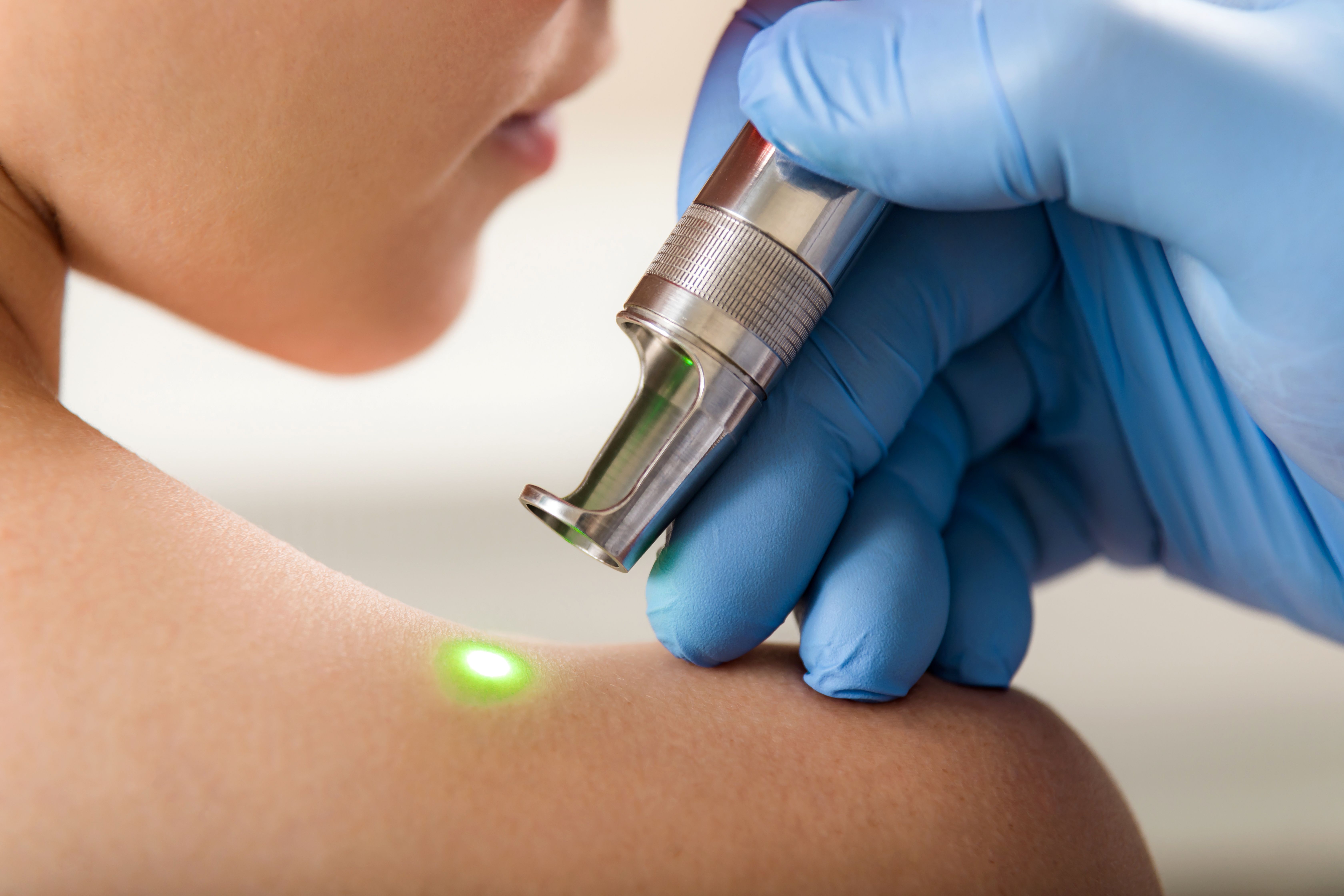- Acne
- Actinic Keratosis
- Aesthetics
- Alopecia
- Atopic Dermatitis
- Buy-and-Bill
- COVID-19
- Case-Based Roundtable
- Chronic Hand Eczema
- Drug Watch
- Eczema
- General Dermatology
- Hidradenitis Suppurativa
- Melasma
- NP and PA
- Pediatric Dermatology
- Pigmentary Disorders
- Practice Management
- Precision Medicine and Biologics
- Prurigo Nodularis
- Psoriasis
- Psoriatic Arthritis
- Rare Disease
- Rosacea
- Skin Cancer
- Vitiligo
- Wound Care
Article
Getting to the root: Look below the surface for cause of hyperandrogenetic symptoms
Author(s):
When female patients present with a combination of hair loss, hirsutism and acne, physicians should check total testosterone levels.

Key Points

Key causes include polycystic ovary syndrome (PCOS), late-onset congenital adrenal hyperplasia or an androgen-producing tumor from the ovary or adrenal gland.
While the latter two are much more rare (PCOS is believed to be the underlying cause in as many as 80 percent of hyperandrogenism cases), the key is to first identify that something more than simply acne or hair loss are taking place, says Mary Gail Mercurio, M.D., associate professor of dermatology, University of Rochester Medical Center, Rochester, N.Y.
Testosterone levels
If the signs do add up, physicians should check the patient's testosterone levels - but not just total testosterone, Dr. Mercurio says.
"Many dermatologists refer patients to me with hair loss and hirsutism, describing them as having 'normal' androgens because they have only checked a total testosterone," she says.
Time of onset
The onset of the symptoms may also give some clues to the underlying causes of the symptoms. Manifestations of PCOS and late-onset congenital adrenal hyperplasia typically begin gradually around puberty, whereas ovarian and adrenal androgen-secreting tumors should be considered if the onset of androgen excess comes on suddenly and dramatically.
If the signs point to PCOS, further work-up is indicated to evaluate for a host of cardiovascular and gynecologic risks resulting from hyperlipidemia, hypertension, chronic anovulation or other conditions.
Study
One recent study underscored the need to consider hypertension, in particular. In the study, 40 patients with androgenic alopecia were found to have significantly higher systolic blood pressure values and aldosterone levels than another group of 40 healthy controls.
The study concluded that the elevated aldosterone levels in patients with androgenic alopecia, along with other factors, could contribute to the development of the androgenic alopecia, and could explain higher rates of hypertension.
"Blood pressure screening of patients with AGA (androgenic alopecia) will permit earlier diagnosis of an unknown hypertension and initiation of appropriate treatment," the researchers suggested (Br J Dermatol. 2009 June 9[Epub ahead of print]).
Treatment
"I don't prescribe anything systemic until I see what the reproductive endocrinologist does," Dr. Mercurio says.
If androgen levels are found to be normal, treatment for idiopathic hirsutism is appropriate, and she will typically recommend treatment options such as spironolactone, Vaniqa (eflornithine HCl, SkinMedica) or laser hair removal.
For patients with androgenic alopecia, Dr. Mercurio says she will often prescribe 5 percent Rogaine (minoxidil, McNeil).
When it comes to treating the acne that is common with hyperandrogenism-related acne, Dr. Mercurio notes that spironolactone and oral contraceptives can be effective.
But before any treatments are selected, dermatologists should remember to keep hyperandrogenism and PCOS on their radar.
"The common mistake is to not look at the whole picture. Dermatologists are at an ideal vantage point to diagnose PCOS, which can be associated with metabolic syndrome and diabetes, resulting in significant morbidities," she says.
Disclosure: Dr. Mercurio reports no relevant financial interests.
Newsletter
Like what you’re reading? Subscribe to Dermatology Times for weekly updates on therapies, innovations, and real-world practice tips.













